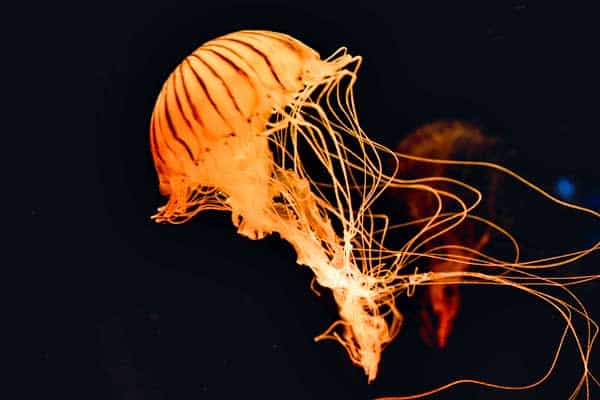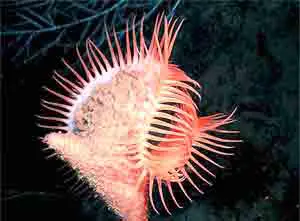Have you ever wondered which animals we find in the desert? The sun is baking all day long and it’s not an easy place to find food and water.
These are the amazing animals of the desert!
Be prepared for some really cool and robust animals. With amazing ways of coping with the heat.
We will take a look at animal across the many deserts of Africa, Australia, Central America, and Asia.
Table of Contents
The animals of the desert are called “Xerocoles”. This literally means “dry” and “to inhabit” in greek.
And we are looking at some of the inhabitants of the driest and hottest places on earth!
Mammals In The Desert
The animals that have adapted to the wild and hot climate in the desert are generally tough and masters at preserving water. They have to in order to avoid dehydration.
Camels
Camels have an amazing capacity for water.

They can save water inside their bodies, up to 53 gallons (200 liters) at a time.
They do not store it inside the humps, as some people think, it goes into the stomach of the camel.
Camels actually have 3 sets of eyelids, in order for them to keep the eyes clean of sand and dirt. As you can imagine, there are a ton of sand and dust flying around in the dry desert landscape.
Dik-Diks
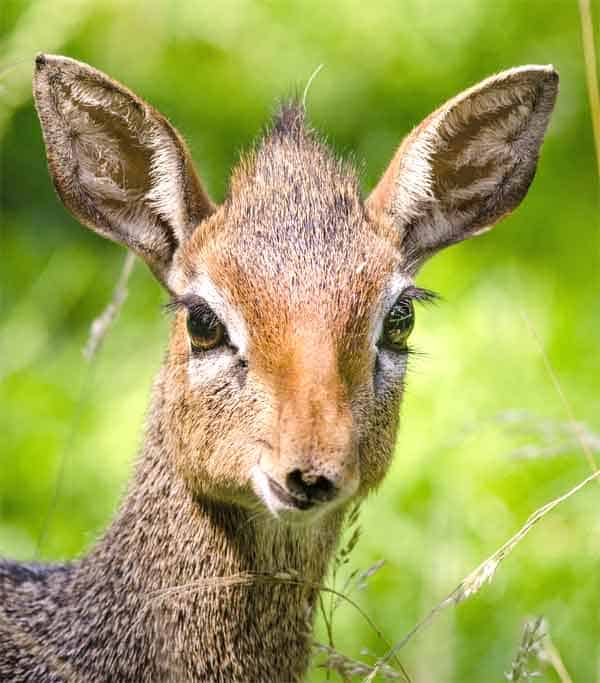
The Dik-Dik is a small animal with a funny name. It’s a small antelope that lives in eastern and southern Africa.
They can weigh up to 13 pounds (6 kilograms) and they typically live around 8-9 years in the desert.
Sand Cats
Sand cats look a lot like the pet cats we find in our homes.
They are round in Sahara and they can dig holes in the sand in order to hide. They have thick fur that shields the feet against the very hot sand.
In the evening the temperatures can drop significantly in the desert so it’s nice to have the coat in the night when it’s time to hunt for food.
Kangaroos
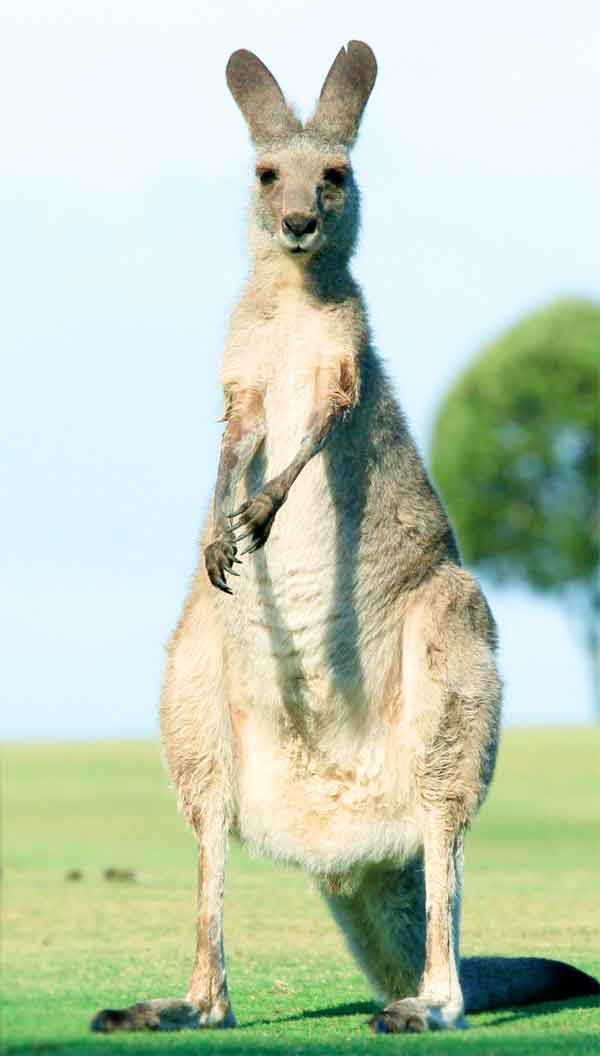
We find a lot of Kangaroos in the deserts of Australia. They are cute and the little babies sit in the pouch.
They can survive a long time without water which is important in the deserts where there can be long stretches between water holes.
They are known to kick with their very powerful legs if someone comes too close. So keep your distance. It’s a really bad-ass kicker and you can get seriously injured.
Grant’s Gazelles
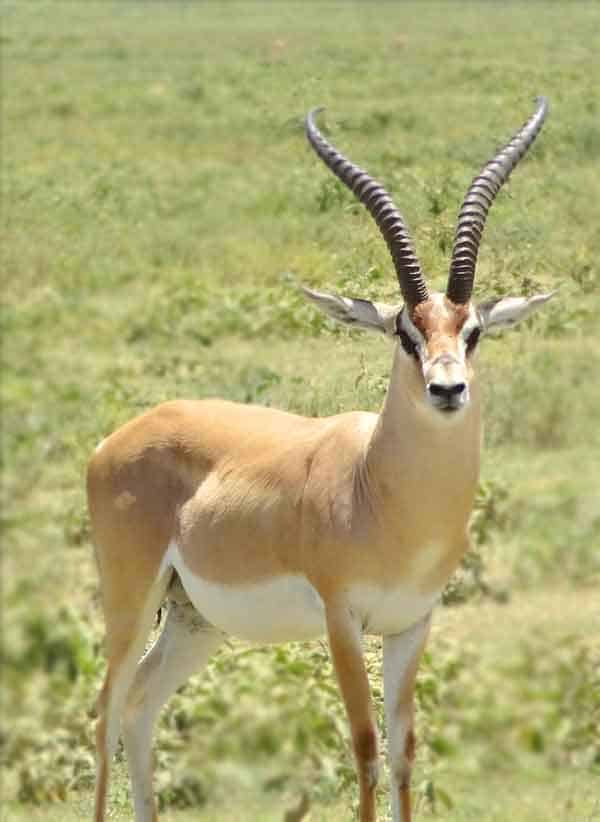
The Grant’s Gazelle is a bigger Gazelle.
They live in the western part of Africa around Ethiopia, Sudan, and Kenya.
I was lucky enough to spot one a couple of years ago when I visited Nairobi and Mombasa in Kenya. They are gorgeous creatures with beautiful horns.
Kangaroo Rats
The Kangaroo Rats live up to their name. They really look like tiny Kangaroos but they are in fact tiny rodents.
They will often stand on two feet which is why they got the name. It also jumps around like a Kangaroo but it is not related to the Kangaroo. It happened to develop this form of locomotion by itself.
Meerkats
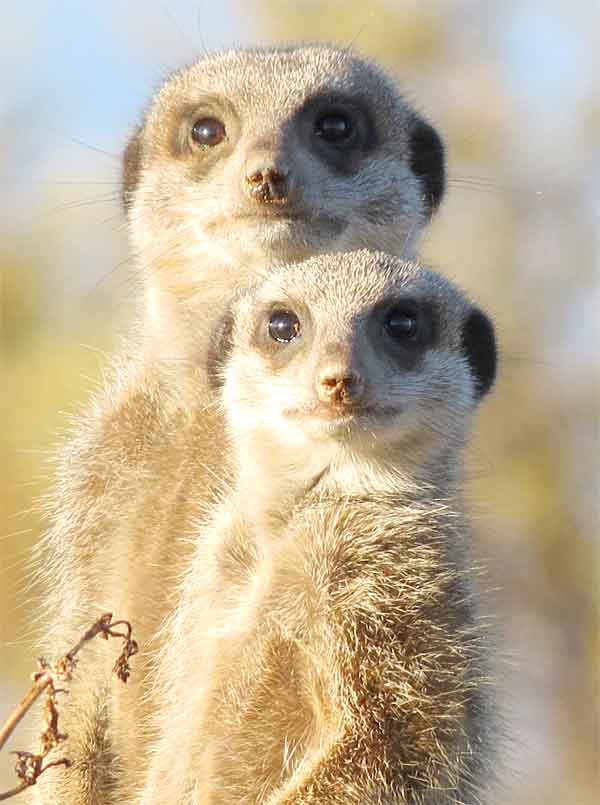
Meerkats are the funniest looking creates as they stand up on two feet to look around.
They are small carnivores and they live primarily in Botswana and the deserts in Namibia. they can live up to 15 years in captivity but in nature, they will often be eaten by bigger predators long before that.
They look super curious when they team up to keep watch!
Pronghorns
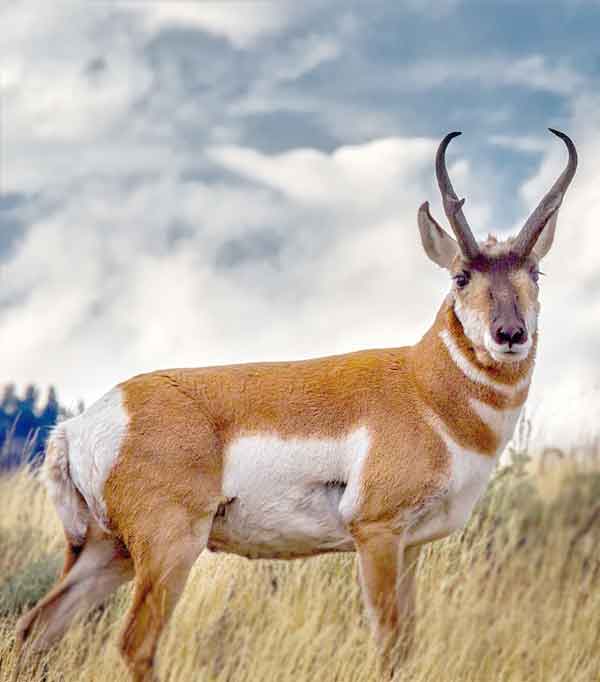
These are majestic animals that look like deer. They have special horns that look a bit like antlers but they are not antlers.
They shed the horns annually which is not common among these animals. New horns will grow out again and they are long and pointy as you can see.
They are often hunted by tourists which is a shame really. They do not stay in the desert when it gets really hot. They will migrate in the winter and spend the summer in the semi-desert areas. You can read some really interesting facts here about why animals migrate.
Hyenas

Hyenas are small dog-like creatures that can run pretty fast.
They can reach a speed of almost 40 mph (64 km/h) which is crazy high for such a small animal.
They will hunt in groups and they are feared by many smaller animals in the desert.
Reptiles In The Desert
We find a wide range of reptiles in the desert. They are doing great in the heat.
Most of them are snakes and lizards.
Let’s take a look at some of these beauties!
Fennec Foxes
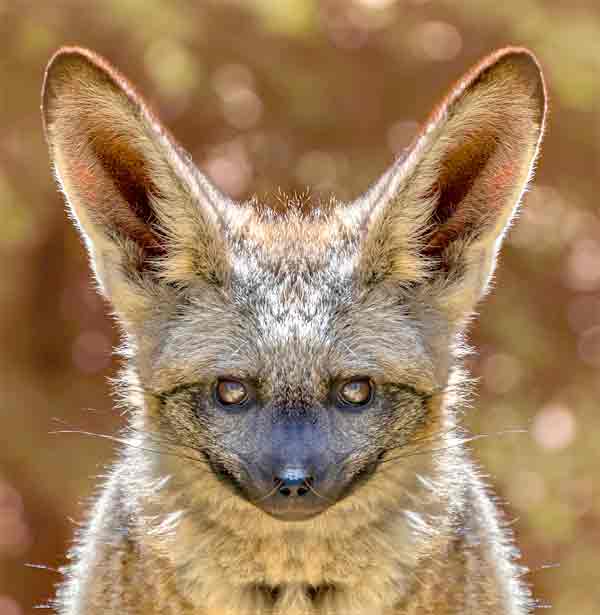
The Fennec Fox is super cute and you can actually keep it as a pet.
You can read more here about the Fennec Fox and other exotic pets.
Rattlesnakes
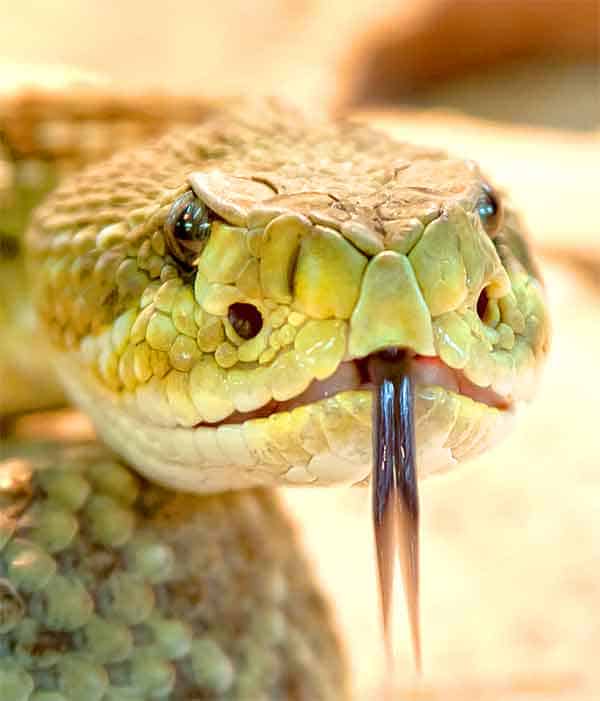
Rattlesnakes are famous for their “rattling” sound.
They are dangerous because they will bite if you accidentally step on them. But they won’t attack you (normally) unless you come too close or you step on it. Who likes to get stepped on anyway?
They got their name from the special sound they make.
Horned Vipers

This is another beautiful snake we find in the desert of Africa and they are also found further north around the Middle East.
They have two horn-like spikes at the forehead and the bite is toxic but seldom fatal for humans.
It looks like a devel snake and has often been the subject of much fantasy and stories.
These snakes are also called “Sidewinders” because they can navigate sand dunes sideways!
Really cool.
Geckos

Geckos are one of the camouflaging masters of the desert. They can hide and blend in many places to avoid being seen by predators.
They are rather small and they look somehow like Chameleons.
They are lizards and can be up to 25 inches (62 cm). They are not found exclusively in the desert. They can live everywhere in warm weather and moist.
A funny fact about Geckos is that they cannot blink with their eyes. So in order to keep the eyes moist and clean, they will use their long tongue to lick the eyes!
Iguanas
Here’s a sleeping Iguana for you.
Very relaxed and chilled in the heat of the sun!

Iguanas are also beautiful animals with good camouflage.
They are also lizards and are found mostly in Central America and in Mexico. They will eat plants but they can also bite people and other animals. They have a very powerful bite in order to bite off branches.
They are often found in Zoos because of their very weird look and gorgeous colors on the skin.
Horned Lizards

Horned Lizards are some of the coolest lizards in the desert. They have tiny horns as the name indicates.
They look dangerous and they can shoot drips of blood out through the eyes!
When it feels threatened by a predator it will activate a very different and strange defense mechanism, unlike any other animal. It can shoot out blood through its eye sockets.
It will also do so at times in order to clean its eyes.
Gila Monsters

These venomous lizards are found in the desert of Mojave and Chihuahua. They are very slow-moving and they spend almost all their life underground!
They will eventually come up from the ground to hunt and the bite is nasty. They will not let go when they bite and the bite is painful. They are not fatally dangerous though.
Amphibians In The Desert
Desert Rain Frogs
These frogs are small and they look really weird. They are often laughed at because they have REALLY strange eyes.
Some people call it the cutest frog in the world and they are probably right. I think you will agree when you see this picture.
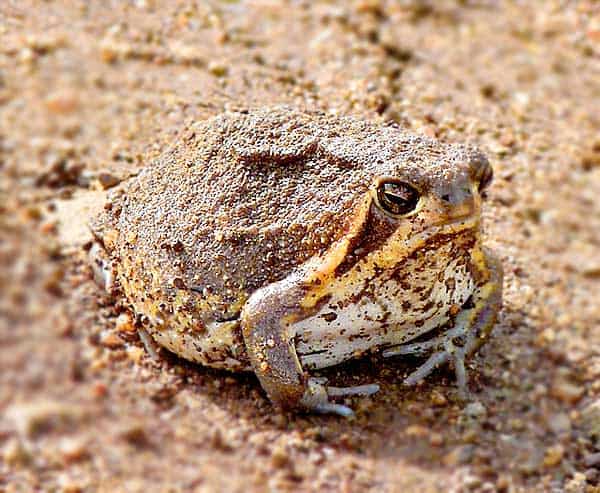
Here are two other hilarious pictures of Rain Frogs.
This one doesn’t look particular fond of being part of this article.

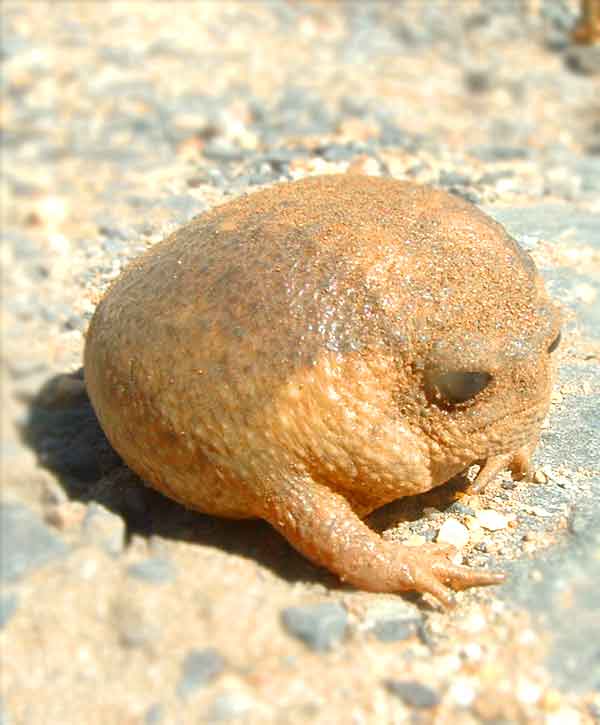
The Desert Rain Frog is only found in Africa and it likes sandy shores and sand dunes.
Couch’s Spadefoot Toads
This fella looks a bit more like “normal “frogs.
It lives in North America and is only around 3-4 inches big (7-10 cm). They will primarily eat plants until it is fully grown. Then it can feed on smaller animals like snails, caterpillars and other insects it can snatch with the tongue.
Salamanders

There are a ton of salamanders in the Southern California desert. They manage to survive the heat by sleeping and resting underground and under rocks and stones.
There are around 17 different species found in southern California deserts, but according to a university in California, they are increasingly going instinct.
The most feisty salamanders and amphibians can go without water for a month or longer. Other smaller animals may need water regularly and therefore stay around water holes.
Invertebrates In The Desert
Beetles
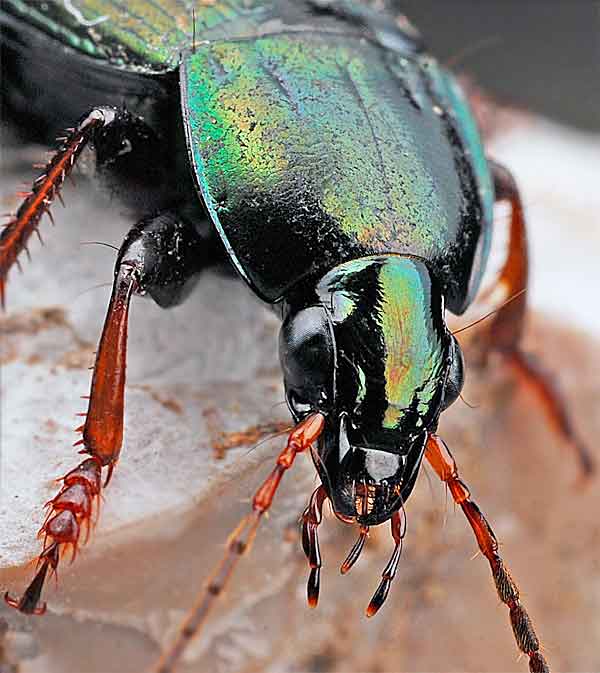
We find a ton of Beetles in the desert. They are everywhere really.
In the desert, the Beetles have developed an interesting way of getting moist and water. They can absorb water out of the air with the back of the shell.
Ants
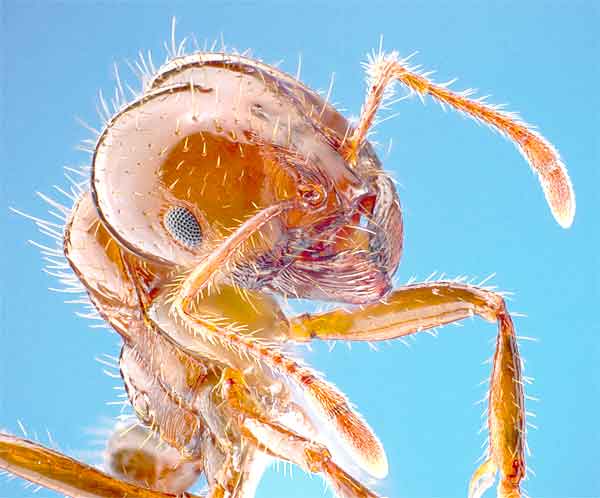
In the desert, we find Ants with special behavior.
These ants can run on the extremely hot sand in order to find small animals that gave up in the heat.
When it finds a dead insect it can feed on them.
It can withstand temperatures up to 122 degrees Fahrenheit! (50 degrees Celsius). This is really amazing and it enables it to run around in the burning hot sand and find dead insects.
Locusts

Desert Locusts are Grasshoppers that often arrive in swarms. They can be really tough to encounter in the heat as the air will start buzzing all around you!
They are found in Africa, the Middle East as well as in parts of Asia.
They have a very short life span like many other insects. They die after 3-4 months and they will lay eggs before they go to die.
Millipedes
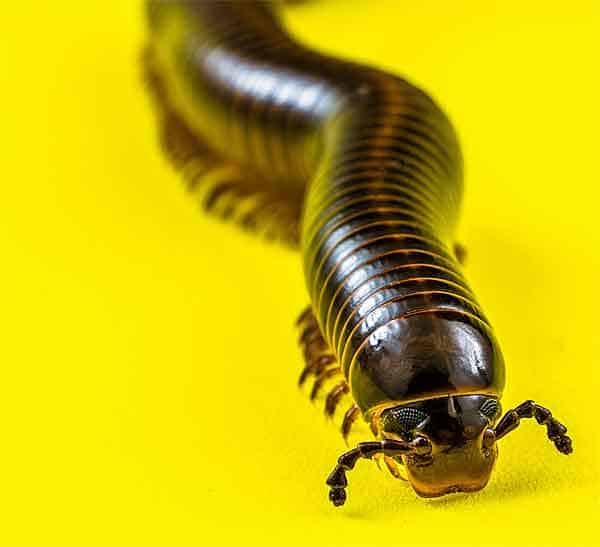
The Millipedes are one of my favorite species of the animal kingdom. They look so funny and cool with the many legs and wobbly bodies.
They have two long rows of legs and they move slowly on the leaves and plants where they will feed.
In the warm desert, they are nocturnal and prefer to hang out around water holes or other places with moisture. They spend most of the time underground to avoid being eaten by other animals such as frogs and toads.
You can read more here about why animals are nocturnal. This is very interesting!
Scorpions

This next animal is well-known and feared by most humans. The Scorpions are many in the desert and there are several species.
They can hide in the sand which makes them extra dangerous because they are almost impossible to spot. They can be very aggressive and you should try not to get stung by the sting.
They prefer to live in the desert but they can typically be found in most places with warm temperatures.
Spiders
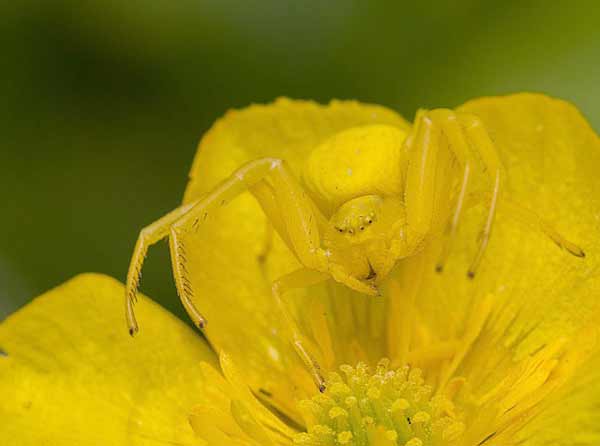
We also have a fine variety of spiders in the deserts.
They can be hairy or they can be more naked to look at. One of the more interesting species is the Camel Spider. It can be up to 6 inches (15 cm) so they are quite big compared to the spiders you have in the house.
They are fast. Very fast. They can run 10 mph (16 km/h) which is REALLY impressive when you consider their size. They are no bigger than a teacup!
Birds In The Desert
Birds in the desert are typically very good at camouflaging themselves.
We find a ton of birds in the desert. Some are here to stay and others are just passing by. They are all incredibly good at surviving on the little water and they can stand the extreme temperatures of the dry air.
Cactus Wrens
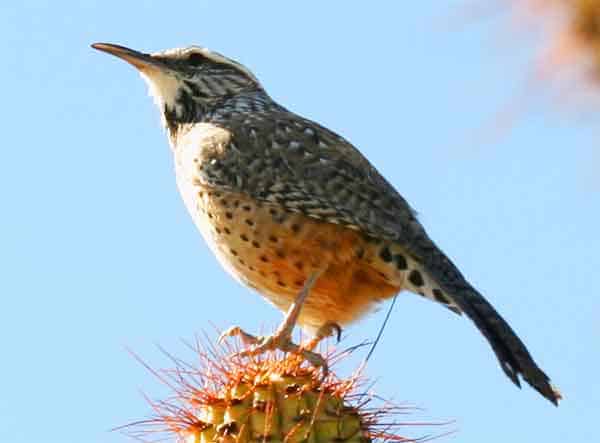
These birds are small. They are around 8 inches long (20 cm) and they are found in South and Central America.
They have gotten their name because they build their nest in cactuses. This offers them some protection from the many predators on the ground. This is yet another cool way the desert animals have adapted to the fierce and tough environment of the desert.
They have a slightly curved beak and they have sandy colors that make it easy for them to hide on the sand.
Roadrunners
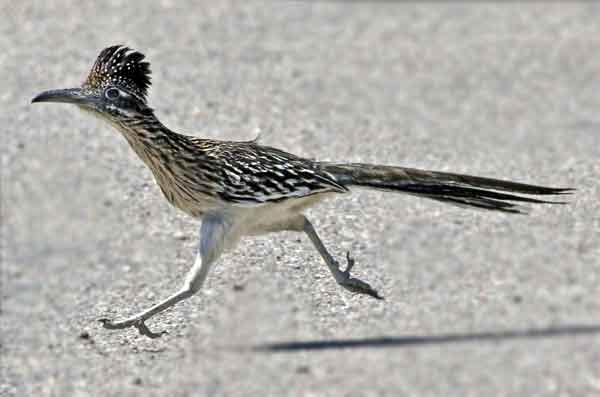
These birds look cool. They have a funny hairdo and they are FAST as the name indicates. They can run as fast as 20 MPH (32 KPH), which is really impressive for such a small bird.
They are long-legged birds of the Cuckoo family and they are typically found in the deserts of Mexico and Central America.
They have to be fast because the desert is full of predators for these little creatures. The Cats and Raccoons are always on the lookout for a piece of Roadrunner.
Vultures
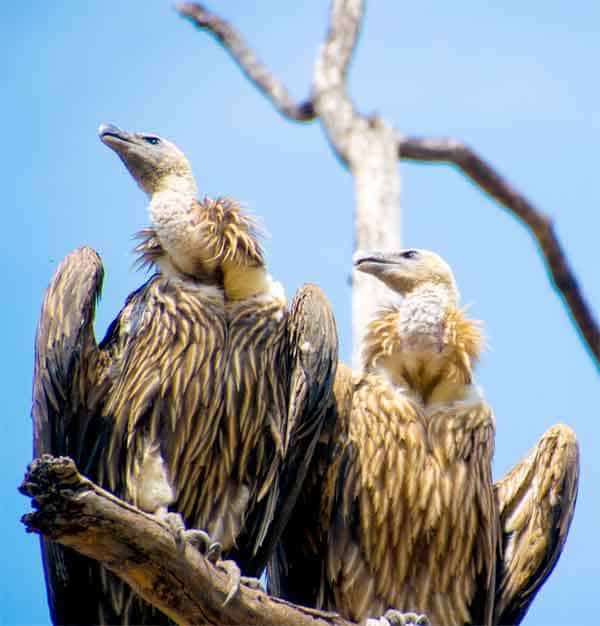
Yes. Vultures. They are often keeping watch in the desert when an animal is about to give up.
They will sit patiently and wait for the animals to collapse and when it cannot move any longer they will start feeding on the poor thing.
They look kinda evil and they have a reputation of eating anything that is dead and meaty.
Ostriches
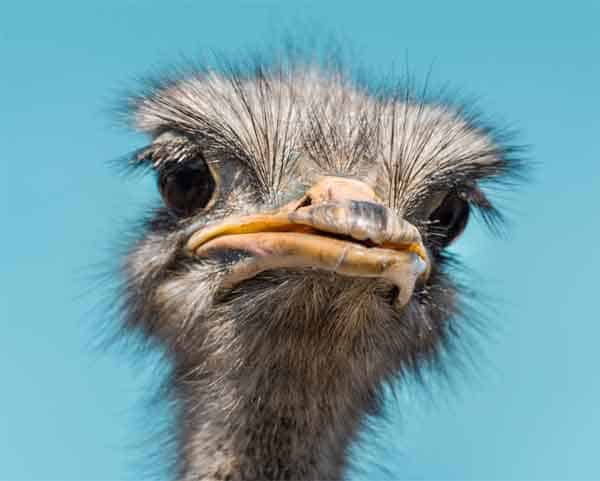
These huge birds are clumsy and they are found in the African Savanna. They are strong and fast runners even though they look like slow animals.
And they have to be fast runners because the Ostriches cannot fly!
They can actually reach a top speed of around 45 mph (70 km/h) which is very fast for any animal. So they can outrun many of the predators we find at the Savannah and the desert. Just like the Roadrunners, as we saw above.
Cooper’s Haws
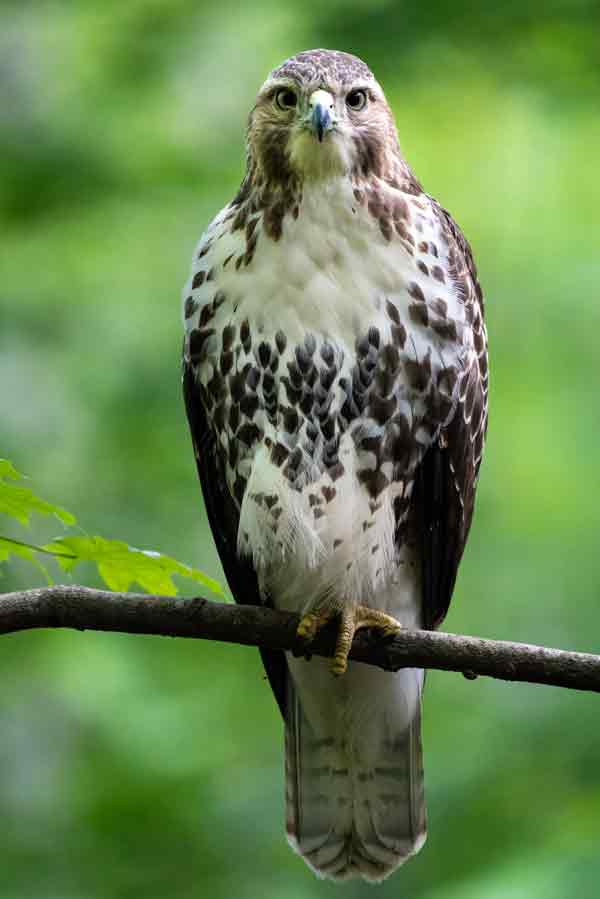
The Cooper’s Hawk is a tough bird. You find almost all over the US and they will fly as far up as the border of Canada. The coop is extremely fast and it will hunt all the smaller animals in the desert.
They have a very characteristic laugh that sounds almost like a crazy person.
If it wasn’t for this crazy laugh you wouldn’t probably find them very well. That’s because they are masters of blending in with the leaves and can sit still until the prey is “ready” to get caught.
Owls
There are several species of all Owls in the desert as well. Some of the most common owl birds in the desert are:
- The great horned owls
- The Long-eared owls
- The screech owls.
- Barn Owls
- Burrowing Owls
- Pygmy Owls
- Elf Owls

The Owls rest during the day, and they will often be found sitting half asleep with their eyes closed.
Some people believe that olds can turn their head 360°, that’s not true. However, they are able to turn their neck 270°degrees, and this is important for them because they can not move their eyes. They have to move their neck in order to look in another direction.
They are incredibly good at listening, and their facial structure is made in a way that makes the hearing a lot better.
Hummingbirds
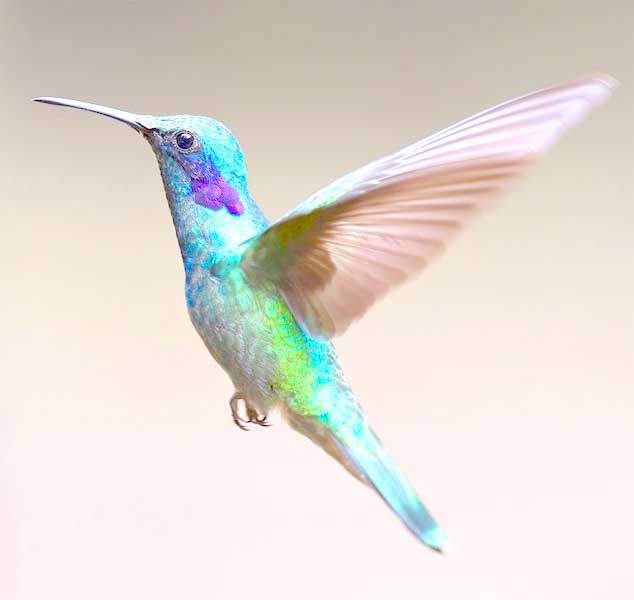
The last type of bird we will take a closer look at from the desert are the hummingbirds.
We find 5 types of hummingbirds in the desert:
- Black-chinned Hummingbirds
- Broad-billed Hummingbirds
- Anna’s Hummingbirds
- Costas Hummingbirds
- Rufous Hummingbirds
They are incredible creatures, as they linger still in the air. As you can see in the picture above, the feathers are very beautiful, and they are colored in all the beautiful colors of the rainbow.
That are actually more than 300 species of hummingbirds, but only a few of those visit the U.S. You’ll find them in the tropic areas including the deserts in the south.
As you probably know that they are very tiny. They can be as small as 2 1/4 inches (7 cm) and they look more like an insect when they hovering beside a flower.



